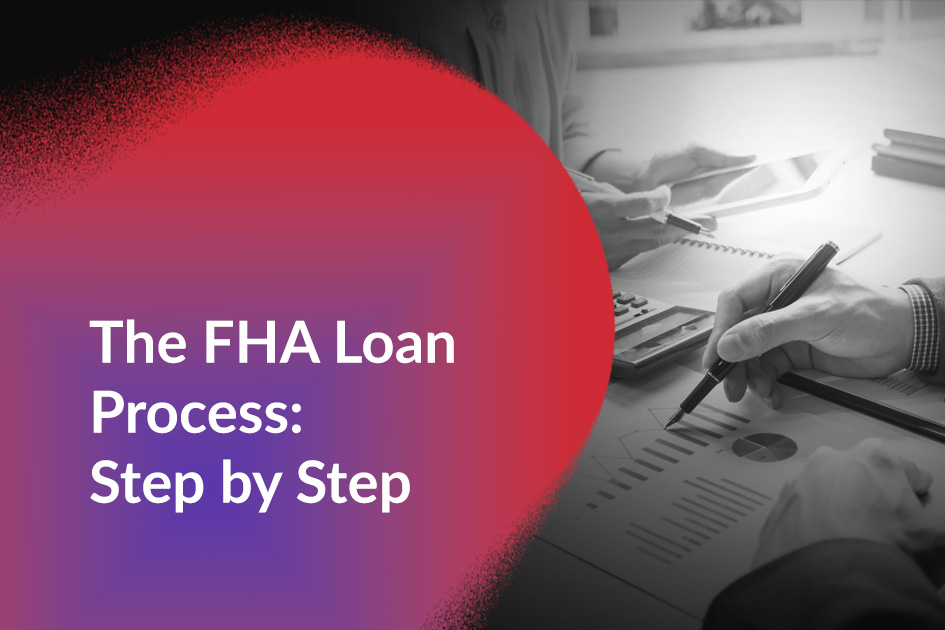The Federal Housing Administration has handed down new taxonomy for loan defects. The goal is to give lenders more information and improved clarity about the quality assurance provided for FHA loans, but lenders should be aware that it is not a shield free from potential piercing. In fact, this taxonomy does not offer unlimited protection against enforcement actions taken by regulators, including those at the Department of Justice.
Taxonomy Goals
The purpose of the new taxonomy is that it aids lenders in the discovery of underwriting mistakes, ultimately cutting down on the number of errors that lead to enforcement actions. According to Department of Housing and Urban Development principal deputy secretary Edward Golding, lenders should pay attention to how the FHA will understand defects from their perspective. He and others at the government level hope that lenders will walk away with more confidence in dealing with the FHA.
Part of these changes are the result of wanting to make home ownership a reality for more people. Right now, the Federal Housing Administration makes use of 99 separate codes to categorize faults in underwriting. These are all being consolidated into just 9 categories, including loan-to-value/maximum mortgage amount, borrower income, and borrower assets.
Although the categories have been condensed to make things easier, the agency was careful to say that this was not a universal statement about all compliance monitoring or enforcement. According to an FHA paper released in June about the new loan defect taxonomy, the agency states that this “does not establish standards for administrative or civil enforcement action, which are set forth in a separate law.”
Lenders, however, were hoping that these changes would indeed mean a break from enforcement actions, many of which are handed down by the Department of Justice. Some mortgage consultants believe that the efforts to change the taxonomy might have been intended to make lenders feel more confident, but that they actually put lenders in a position to be second-guessed by those in a position to regulate.
Risky Business?
Some lenders have been hesitant to work with FHA loans in the past because of the perception that the risks levels are high in doing so. Many lenders have cut down on their FHA lending activities and kept any action in that regard to a bare minimum as a result of claims about noncompliant loans origination.
Concerns over DOJ involvement in the past and in the future is part of what spurred Quicken Loans to sue the Department of Justice in April. That suit was followed by a countersuit in which the government agency accuses Quicken Loans of underwriting too many questionable loans between 2007 and the end of 2011.




